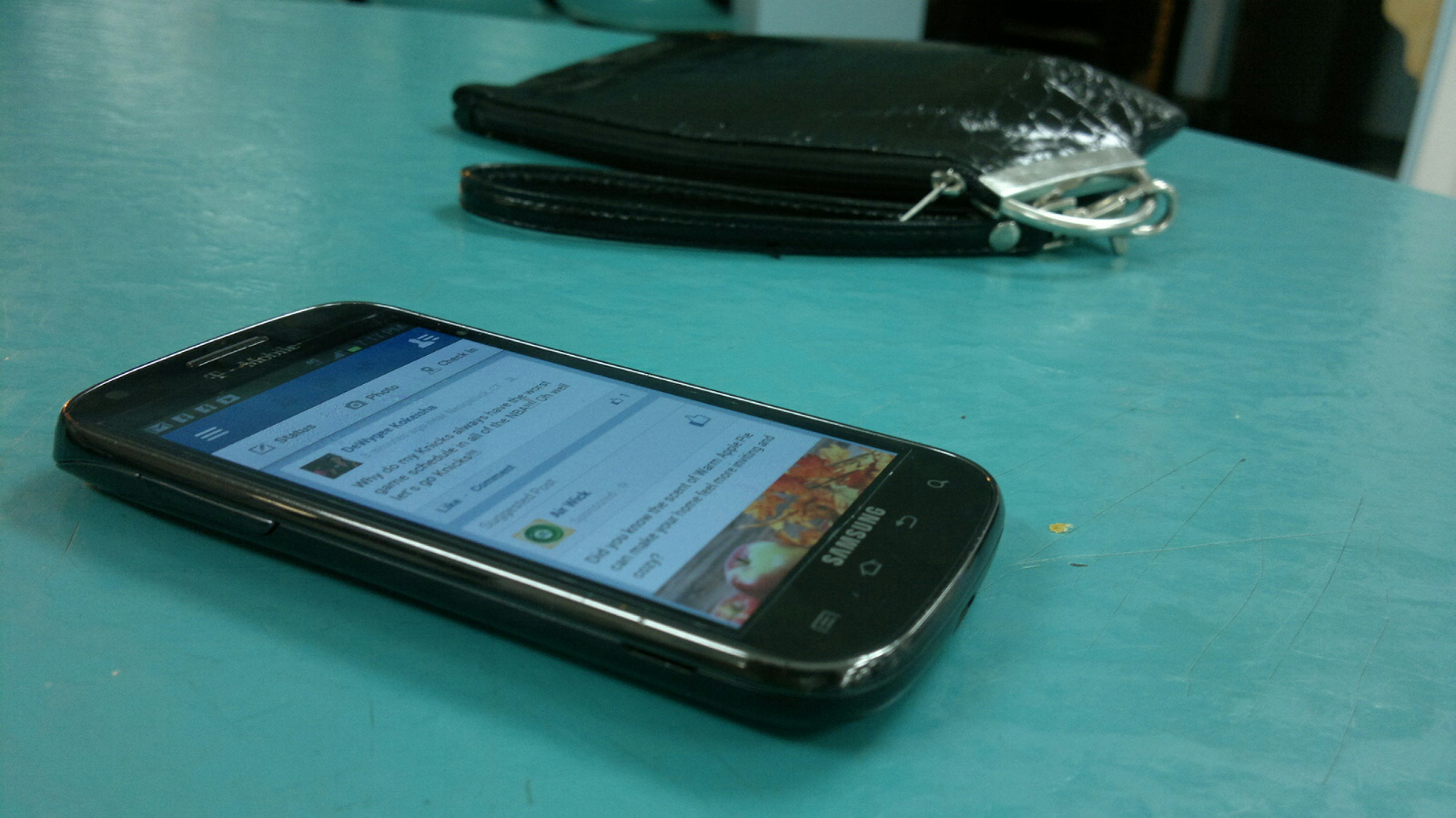During this past holiday, I got a chance to reconnect with a friend of mine who is a heavy user of assistive technologies. One of the wonders that I had for her was in her new mobile device (obviously). She had moved to an iPhone 4S after many years with a few Android devices and I was was very interested in hearing about how she got along with it. What surprised me was what didn’t work as well, which came across as issues that many guys just flat out fail to notice in non-techie situations as well.
Later on, I was with another friend, and while we had a moment of quiet, I noticed that for the first time in that time period that she had finally put down her mobile device. Granted, I had two of mine at hand (finishing up Alone Together ironically), but it was interesting to note how she goes about augmenting life with computing, but it fits into a totally different sphere than what I do. Again, something that would be so obvious if I were of the other sex (or married).
With both women, the issues and opportunities of mobile don’t come in features – but don’t get me wrong, these features are important. The value in the device comes in communication, security, and opportunity (we talked about this previously). Anything that props up those three items – and does so well, not only gets attention, but becomes a matter of social cohesion outside of the spheres of the tech.
Going back to the second woman described above; she and a friend of her’s have developed their own texting language. The language came first out of the relationship they already had, and then the understanding that no one who picked up either of their devices would have any clue as to what was being said between them. Weird, but stepping back I totally get it.
Swinging this around some…
A lot of the technologies, applications, and services that I see pitched towards women do very little to pay attention to these details. Sure they might get some colors, fonts, and general direction right, but they totally miss out on what women want. Here’s a hint, they don’t (always) want a new feature, they want the connection that the feature provides. There is that Samsung commercial that aired recently called Work Trip which details the ability to share files from one Galaxy SIII to another Galaxy SIII. First the kids share a video with dad, who’s about to go on a trip; then mom shares her video with the instructions to not look at it on the plane. The commercial closes with the dad looking a bit flustered/blushing, and with a sense of wonderment about what his wife could have possibly shared with him that was so private. Many guys will pay attention to the fact that you could share something between mobiles; the ladies pay attention to the fact that they could have another means to intimately connect with their husbands.
I don’t mean to paint men and women with a broad brush, but I do mean to pull out a detail about connecting across faith and tech that is often missed in the thrust of these discussions about what is new and needed, is that even across genders (economies, etc.) that connecting with one another happens on a level that is well beyond the tech. Well, it should be. As both of those women would tell me in various conversations later – you have to pay attention to what isn’t said just as much as you are paying attention to what you are listening to.

Pingback: Of Technology and Women | Church Tech()